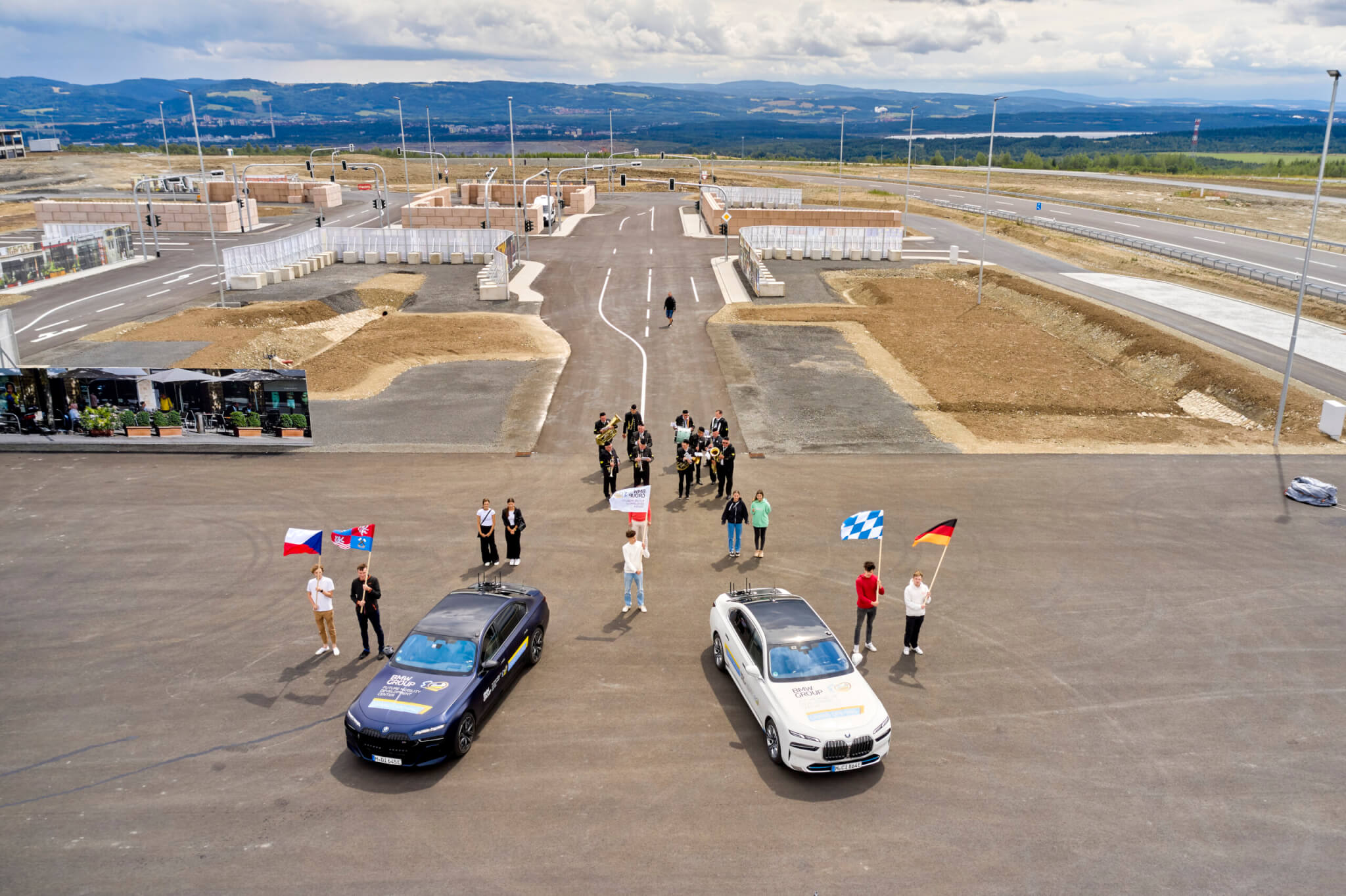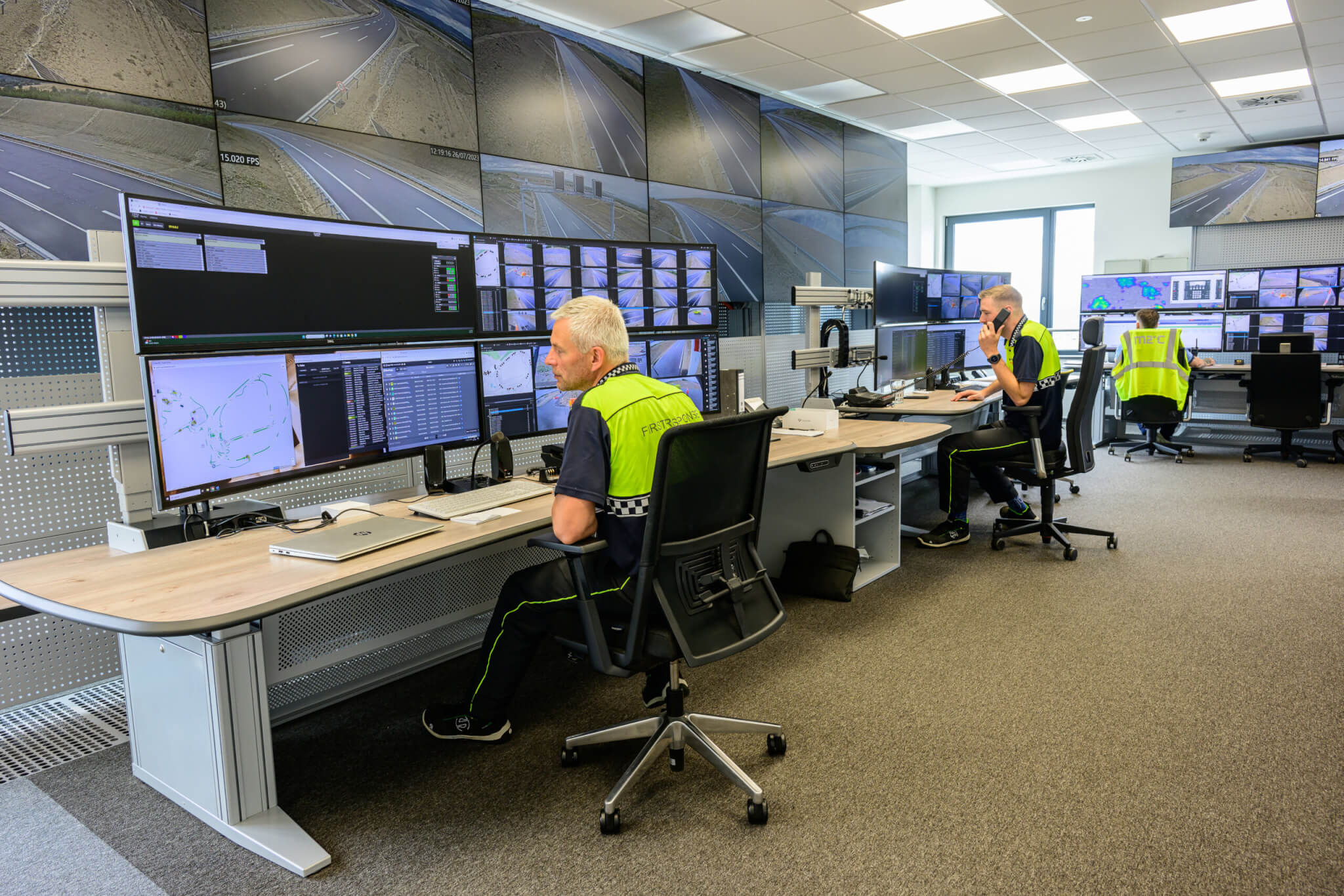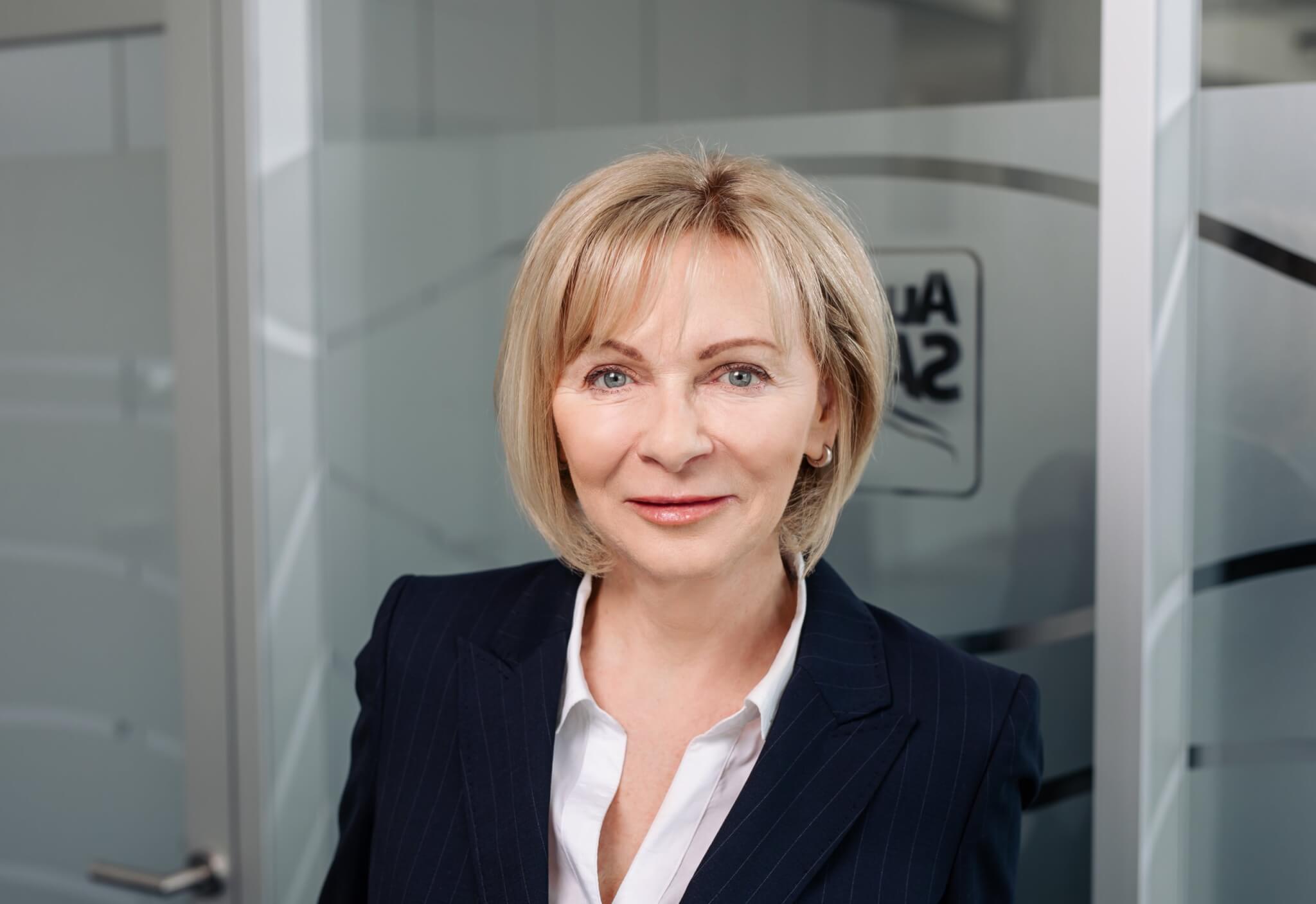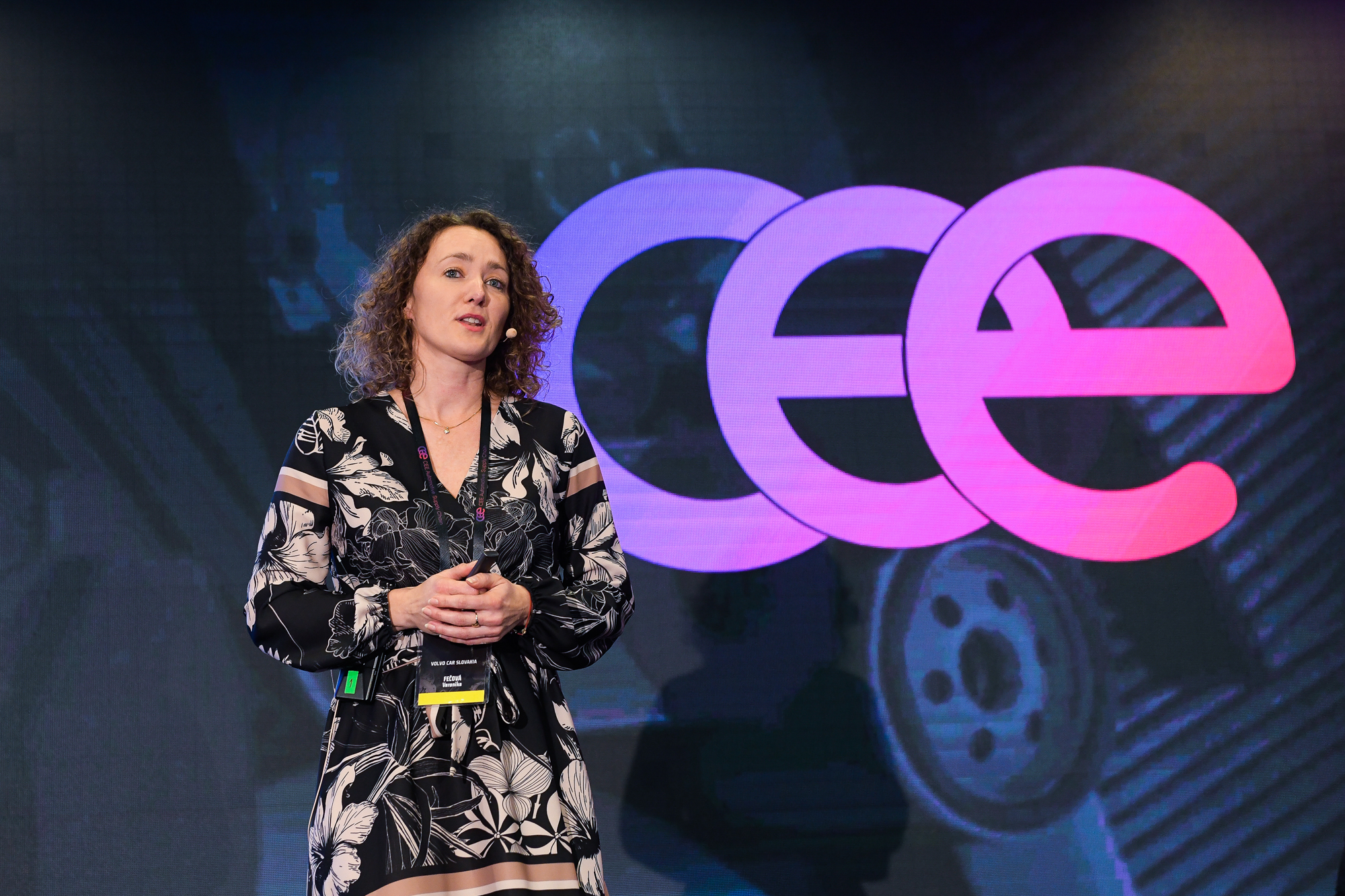The BMW Group’s unique development and testing centre in Sokolov has the ambition to play a key role in the development of future mobility systems. The 25 kilometres of test tracks on the six-hectare site, which was built on a former open-pit mine spoil heap, are being used to test assistance and safety systems for the next generation of vehicles. So far, these are mainly level 3 autonomous driving systems, with tests for level 4 currently underway. T-Mobile, Applus IDIADA, Drees & Sommer and others have also played a significant role in the construction and operation of the test centre.
The Sokolov test and development polygon, the BMW Group Future Mobility Development Center (FMDC), was officially launched in July last year, joining similar existing BMW Group facilities in Aschheim near Munich, Miramas in France and Arjeplog in Sweden. At 600 hectares, the Czech one is the largest and most modern. Its undeniable advantage is that it was built from the outset for the purpose of testing cars, while the other sites are, for example, converted airports or race tracks.
Construction on reclaimed land
The BMW Group chose the most suitable location for the polygon from more than 80 sites in several countries. Negotiations between the investor, Sokolovská uhelná, the owner of the large podzolic mine, representatives of the Karlovy Vary Region and the town of Sokolov lasted several years and the decision was made in 2017. A significant role in favour of the BMW Group’s plans was played by the fact that the new investment was also to mean the reclamation of brownfield land after mining.
Work began in 2020, and the volume of soil that had to be moved to bring the relief into line with the testing needs was impressive: 2.1 million m3. This was followed by the construction of the actual tracks and buildings. The buildings are three in number – an administrative building with an operations centre, workshops and a substation – and at first glance they look very simple and ‘light’. They all stand on piles 60 centimetres in diameter and ten metres into the ground due to the specific subsoil.
The investment in the site to date has amounted to €300 million. “The site is ready for further eventual development and construction as and when it is needed,” says David Haidinger, Corporate Communications Manager BMW Czech Republic, adding that any plans or timetable cannot be disclosed at this time.
Currently, the BMW Group employs several dozen people at the Development Centre in Sokolov, including engineers, test drivers, maintenance workers and many other professions. The number of employees will grow as the facilities at the site are gradually expanded.
Welcome to Hollywood
The “study tour” of the polygon, which could be taken before testing got underway on the tracks, was a great opportunity to get acquainted with the various track surfaces and other infrastructure. The terrain of the polygon allows for testing systems on a large climb or descent, the track is actually a motorway circuit for several kilometres, other roads lead through the countryside, and there is also forest driving, roundabouts and tunnels. Also, the surfaces of the “roadways” are modified to allow testing of the systems on asphalt, on surfaces with potholes, on pavement, on wet or otherwise slippery pavement, and more.
“Each track has its own specific characteristics and its own nature for testing. Each surface gives us opportunities to test something different. It is a complex composition so that we are able to simulate every conceivable situation,” says David Haidinger.
Different surfaces are also simulated, based on what a car might encounter in other countries, such as China.
One entire section is devoted to urban traffic. It’s kind of like you’re moving between sets in Hollywood. The houses that line the streets may only have one floor, but otherwise they have a faithful resemblance to restaurants, shops and the like. And it’s not some dead zone, there are people to be seen here too, or depictions of them – and they all bear a striking resemblance to those who work at the Development Centre, including the FMDC’s managing director Michal Rychlý.
The traffic on the streets of this “urban quarter” is, of course, governed by traffic signs and traffic lights. And, as with roads and motorways, it’s not just about the signs on the local polygon, which are used on Czech roads. The fact that there are also parking spaces here probably won’t surprise anyone; the more interesting information may be that there is a whole parking house.

Opening ceremony of the BMW Group’s development and testing centre in Sokolov. In the background you can see the “city quarter”, used for testing systems on the streets of the city. The picture is from last summer: BMW Group
Driverless cars
Despite the complexity of all the conditions created in the area, it could still look a bit like an “ordinary” polygon. But only until you see a driverless car on the track or visit the control centre.
The centre has “development” in its name, although most people talk about “testing” in the context of the FMDC, so what is development? Michal Rychlý, Managing Director of the BMW FMDC, answers. Without testing there would be no development and without development there would be no testing. It is the data and insights gained during testing that are used for subsequent development. Sokolov differs from other centres primarily because it was planned as a test circuit in cooperation with the specialist departments. Current needs were taken into account, as well as the needs arising from the expected development of mobility in the automotive sector. Last but not least, it stands out for its sufficiently large and flexible facilities for subsequent analysis of both data and vehicles.”
The main focus of development at BMW Group FMDC is assistance and safety systems (ADAS) for the new generation of vehicles. The systems are tested at various stages, most often on prototypes and before the car goes into production and for homologation. So far, the systems are level three autonomous driving and automated parking systems, with tests for level four in the pipeline.
“The main focus of development is assistance and safety systems.”
The Sokolov site serves exclusively BMW Group vehicles, i.e. the BMW, MINI and Rolls-Royce brands.
In order to carry out all the necessary test procedures efficiently, the BMW Group has developed a device that simulates a test driver. This is programmed to drive in a predetermined manner and along a given route, or even follow traffic signs – depending on which system is being tested. The device is connected to a bus in the vehicle and the data is transmitted to the control centre. Operators monitor the entire journey, with an overview of where the vehicle is and how it is performing on the screen in front of them at any given moment.
But it’s not just about communication between the car and the control centre and the ability to control the car remotely by the dispatcher. The vehicles must also be able to communicate with the infrastructure that is on the route. Probably the most sophisticated today is automatic parking – where the car drives itself into the garage, finds a free space and then, if necessary, drives out again at the driver’s call.
The crucial role of the mobile operator
The entire site and all buildings are covered by LTE-Advanced signal, while the infrastructure is ready for the deployment of 5G and, in the distant future, 6G technology. Fast and reliable mobile communication is essential for users. The provider is the Czech T-Mobile, which has been participating in the planning and construction of the BMW Group Development Center since the end of 2018.
“The public service with full coverage, which will be operational in 2022, serves employees, contractors and visitors to the BMW Group polygon for all types of mobile communication connections,” says Petr Fořt, Programme Manager EU and International Projects, adding: “Another important delivery is private services aimed at connecting test vehicles to the polygon control system and communication between drivers, test team coordinators and the control centre. Everything is integrated into a state-of-the-art control system that oversees the safety and smooth running of the tests. For example, it checks several times a second whether the vehicles are in a so-called collision situation and whether a collision is imminent.”
In view of their importance and confidentiality, the information and data are evaluated directly at the BMW Group FMDC site or transmitted via a secure channel to the Munich headquarters.
In cooperation with T-Mobile Czech Republic, further new projects and services related to Cooperative, Connected and Automated Mobility, i.e. safe autonomous driving, are being developed at the Sokolov polygon.
Operation and security at the highest level
Applus IDIADA was successful in the tender for the operational management of the polygon. It provides FMDC with track traffic management, first aid, physical security and logistics services. According to the company’s representatives, the aim is to contribute expertise and know-how to make FMDC a state-of-the-art testing polygon.
The importance of this project is summed up in the words of Xavier Cabús, Head of Proving Ground Services at Applus IDIADA: “It is a great satisfaction for us that a prestigious brand such as the BMW Group recognises our approach to accident prevention and our high safety standards, and entrusts IDIADA with the management of such an important asset as its test tracks, where the mobility of the future is being developed.”
Applus IDIADA is recognised globally for its test range safety standards and Sokolov is not the only project being undertaken in partnership with the BMW Group. Since December last year, it has also provided traffic management and a first aid team at the test tracks in Aschheim.
The multinational Applus IDIADA, headquartered in Barcelona, also provides operational services for the largest test polygons in Europe (the polygon in Spain covers 350 hectares and 15 test tracks) and Asia (the polygon in China in cooperation with LingLong has 16 test tracks covering 150 hectares).
In addition to working with polygons, one of Applus IDIADA’s most important activities is the provision of design, simulation, testing and homologation services.

Operators in the control centre have a continuous overview of each vehicle. | Photo: BMW Group
Green electricity and frog care
Drees & Sommer, an international company that plans, designs and manages construction and real estate projects, was also an important partner in the BMW Group FMDC project. It has already provided several services for the BMW Group project since 2018: project management, including cost and schedule controlling, Lean Management and quality control.
The Czech office was responsible for coordinating and monitoring activities with contractors and other stakeholders, including cost management. From 2021, she also led the Environment and Ecology area, which is a major focus for the BMW Group.
“The cars have to be able to communicate with the infrastructure as well.”
“Each construction project requires individual solutions, which we have adapted to the micro and macro region of the project to ensure its success for all stakeholders,” says Markus Ising, Managing Director of Drees & Sommer Czech Republic, adding: “Together, we have succeeded in turning a former open pit mine spoil tip into a state-of-the-art test centre that not only enables testing and further development of technological innovations, but also exemplifies the consistent integration of the highest environmental and sustainability standards into the project design and implementation.”
Examples include the use of green electricity from renewable sources or an innovative water management system that systematically collects rainwater and uses it for irrigation.
Among other things, the experts from Drees & Sommer Czech Republic had to ensure the protection of the rare fauna and flora that existed on the site of the former tip. “These included various species of frogs and tadpoles, reptiles, insects and protected bird species. In total, approximately sixty protected animal species were recorded. For plants, two protected salt-loving species were transplanted,” explains Markus Ising.
Contact
Next articles and interviews
Next articles and interviews
+ Show










